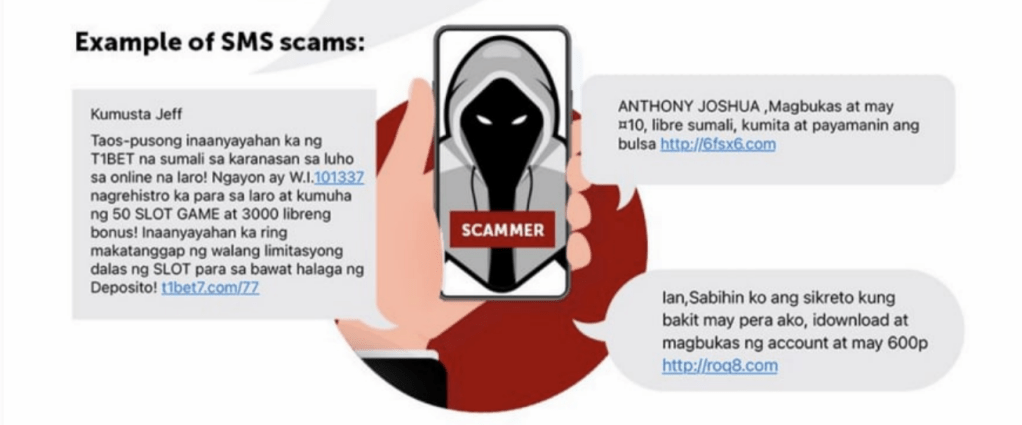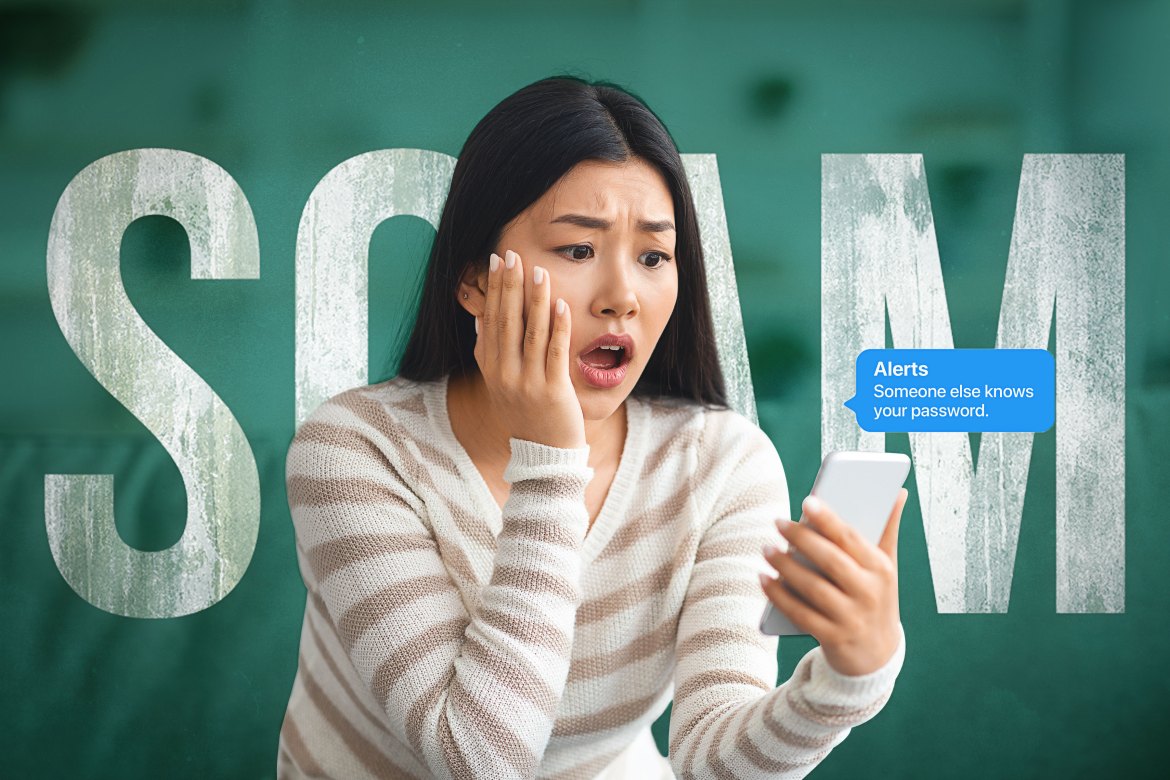Smishing scams have shockingly become more rampant in the past few months. This situation has put anyone with a mobile phone in danger of becoming a victim of these scams.
But what is a smishing scam? It’s a method that fraudsters use to obtain important personal information from people, such as the username and password to their bank accounts.
It works by sending text messages to unsuspecting victims, including a link to a website that may look exactly like one the user is familiar with, such as a bank website.
The victim will then be prompted to log in to their bank account, but they’re sending their username and password to the scammers, who will then use it to access the victim’s bank account.
Some examples of smishing scam text messages include job offers and opportunities from unknown sources, raffle winner notifications, and account alerts from banks and other financial institutions.
Many of these text messages look very legitimate and enticing to entertain, making it easier for people to fall for them if they’re not being watchful and mindful.
So people must be much more cautious about the messages they receive nowadays to protect themselves from being scammed through these smishing methods.

Here’s how you can protect yourself from these smishing scams:
Do Not Click Unverified Links
Don’t click if and when you receive a message from an unknown sender that includes a link, even if the message looks like it comes from an official source or contains your personal information, like your full name.
Scammers have become craftier and are making their smishing messages look more and more legitimate.
So even if a message seems legitimate, there’s still a chance it isn’t.
This has led several companies to remove text messages from their communication methods to help keep their customers protected from smishing scams.
Do Not Reply (or Answer Calls)
Similar to the previous point, if and when you receive a text message from an unknown sender, don’t reply.
Replying to these messages signals to the scammers that you’re a potential target, and they will likely put extra effort and take additional steps to scam you, such as sending other messages or even attempting to call you.
So it’s important to not reply to these messages (or answer calls from unknown numbers), so the scammers won’t have an additional reason to harass you even more.
Block the Sender and Delete the Message
When you receive a text message and have determined that it’s a smishing scam, you should use your phone’s built-in block feature to stop receiving messages from that number.
Scammers are relentless and won’t stop sending smishing messages just because you didn’t fall for it the first time, so blocking the numbers is the best way to stop them and maintain your peace of mind.
Lastly, it’s best to delete any smishing messages on your phone after blocking the sender as an additional precaution.
It’s always better to avoid caution, especially regarding our personal information.
It’s worth it to take a small amount of time to make sure and verify that a message you receive is true or a scam.
It’s also helpful to be familiar with all the legitimate avenues that your service providers use.
This will make it easier for you to identify legitimate messages or just another smishing scam.



